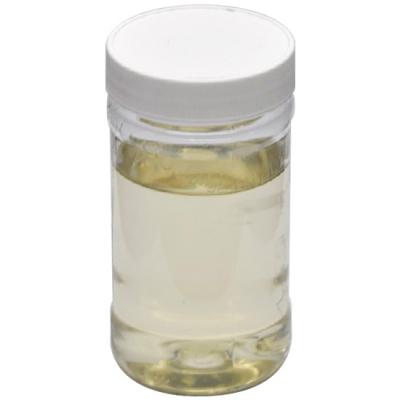Ⅰ. Textile auxiliaries
Textile auxiliaries are necessary chemicals in the production and processing of textiles. Textile auxiliaries play a central role in improving the product quality and added value of fabrics. They can give materials unique functions and characteristics, such as softness, wrinkle resistance, shrinkage resistance, water resistance, antibacterial, antistatic, and flame retardant, and so on. They can also improve dyeing and finishing technology, save energy, and reduce processing costs.
Textile auxiliaries are crucial to improving the overall level of the textile industry and their roles in the textile industry chain are important.
The types of textile auxiliaries include:
1. Pretreatment auxiliaries: pre-treatment, cleaning, and anti-dyeing categories.
2. Physical additives: ternary copolymer siliconeoils, amino silicone oils, smooth and bright types, soothing oils, film types, resins, brighteners, and enzymes.
3. Dyeing auxilaries: dyeing and fixing categories.
4. Functional finishing agent series: functional finishing agent.
5. Printing series: printing series.
6. Washing auxiliary series for wool finishing: soft, hand-feel, decontamination finishing, and decontamination finishing categories.
Ⅱ. Textile dyes
Textile dye is used in textile dyeing, mostly extracted from plants such as fruits and tree sap, and is rich in natural chemical extracts such as coal tar. It can be divided into natural dyes and constituent dyes, most of them on the market are constituent dyes. Textile dyes have good coloring properties, are not easy to fade, even after washing. After the textile is colored, the feeling is not changed much, and it will not become stiff. But the colour is less beautiful and saturated than acrylic.
The types of textile dyes include reactive dyes, acid dyes, disperse dyes, and leather dyes.
1. Reactive dyes: Reactive dyes are primarily used in cellulose fibre fabrics and are less used in proteins. It is characterized by bright colour, light fastness, good washing and collision fastness.
2. Acid dyes: Acid dyes are primarily suitable for protein fibres, nylon fibers and silk. It is characterized by bright color, but poor washing fastness, excellent dry cleaning fastness and is widely used in natural dead dyeing.
3. Disperse dyes: They are suitable for viscose, acrylic, nylon, polyester, etc., with different washing fastnesses, good polyester, and poor viscose.
The main products of HT include formaldehyde-free fixing agent, acid fixing agent, multi-refining enzyme, chelating agent (CT powder), sublimation fastness improver, wet rubbing fastness improver, soaping agent, ice-cooling silicone softener, ternary silicone softener, bright lubricant, softener, etc. If you have any need, welcome feel free to consult us.



 English
English  日本語
日本語  Español
Español  tiếng việt
tiếng việt  Türkçe
Türkçe  ไทย
ไทย  українська
українська  हिंदी
हिंदी  বাঙালি
বাঙালি  اردو
اردو 

